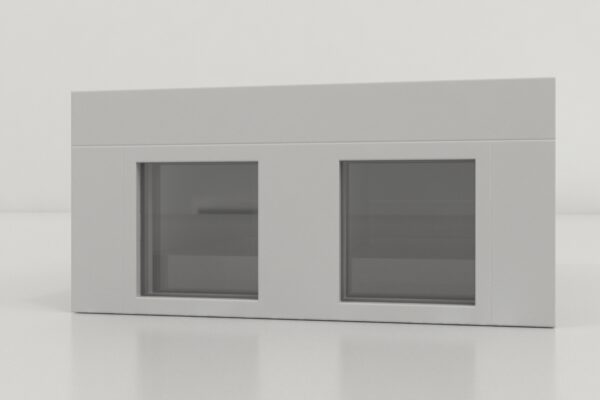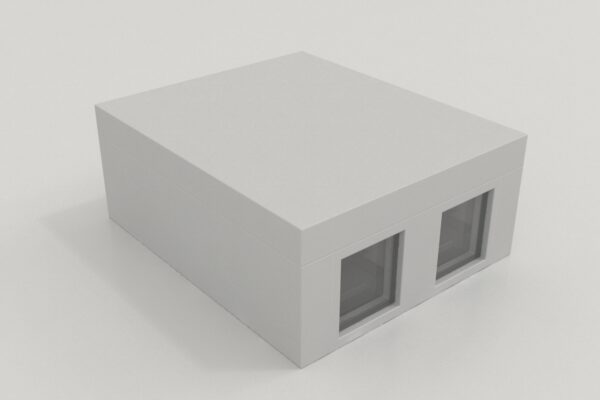The Zebrafish 3 Chamber Social Behavior was used by Elena Dreosti et al.(2015), to assess the development of social behavior in young zebrafish.
Experiments were performed in a custom-built behavioral setup that was assembled from structural framing and optomechanics. Fish were imaged in a custom-built behavioral arena that was fabricated with a laser-cut thick opaque white acrylic, sealed with silicone, with transparent and opaque dividers;
Mazeengineers offers the Zebrafish 3 Chamber Social Behavior.




